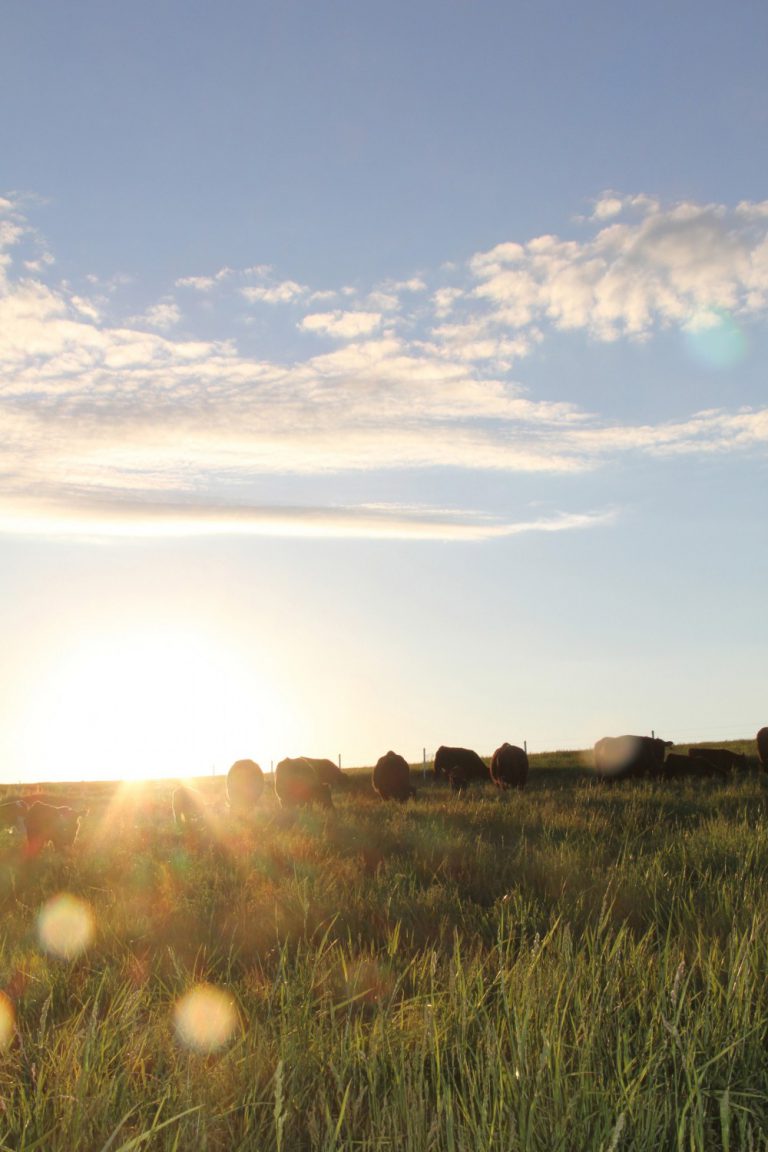
Got a Cover Crop Plan?
March 2015
Years ago, cover crops were mostly considered an inexpensive and easy way to limit soil erosion and fill in with fall grazing. Of course, that was before drought, ethanol and other renewable energy options.* Not to mention the high cost of corn (with ridiculously high input costs), through-the-roof hay prices and short inventories on all sorts of crops.
Today, farmers and livestock producers are tracking a wider range of factors impacting their bottom line. As a result, they realize alternative forages not only have a great bearing on planting, harvesting, feeding and marketing decisions, but also have a significant impact on the fertility of their soil.
So, what’s happening lately?
With short hay supplies driving prices upwards of $200/ton, today’s beef cow producers are utilizing every piece of ground they can to keep their herds fed. When drought decimated corn acres across the Midwest, many producers harvested more cornstalk bales than forage.
As a result, producers like J.B. Atkins (Broken Bow, Neb.) scrambled to (a) graze their cattle through the winter months, (b) preserve their hay inventories, (c) capture the untapped nitrogen left over from their depleted corn crops and (d) minimize input costs this past spring.
“I’d bet our cornstalk bale count was twice as high as previous years. We grazed cows into December by seeding turnips and rye on our pivot-irrigated corn crop,” said Atkins, Vermeer Territory Manager who also runs 40 cow/calf pairs on 800 acres. “We even had neighbors offer to pay us to feed their cows too. After the corn crop died, we captured the excess nitrogen and made it available to our cover crops instead of simply letting it go to waste. Retaining that nitrogen at $50-$60/acre was a huge savings. And we were able to graze in the spring and thereby reduce our feed costs even more. Plus, we improved the health of our soil along the way.”
In the Northeast, small-to-mid-sized dairy farmers are studying a more flexible system that allows them to grow their own high-quality dairy forage in corn- and alfalfa-based cropping systems. The system, called Alternative Continuous Cover Forage (ACCF), produces high-quality dairy cattle forage with yields comparable to traditional cropping systems. And it’s all based on a soil health management program using cover crops (versus traditional crop rotations of corn silage for three or more years without cover crops.)**
"Healthy soils go hand in hand with healthy streams. If we can build soil organic matter and increase water infiltration, we'll have less run-off, less nutrient loss and more water holding capacity."
Look around and you’ll also find a rapidly growing number of farmers who advocate multi-species cover crops, even to the exclusion of commercial fertilizer.
Last spring, more than 270 people jammed into David Brandt’s Ohio farm shop (Fairfield County) to hear national experts preach the benefits of bio-diversity in the crop rotation through the use of cover crops. Brandt claims he now saves more than $135/acre in input costs alone, which he attributes to 35 years of no-till farming and three decades of cover cropping.
“Basically, we need to keep the soil covered,” says Ohio’s Natural Resources Conservation Service state agronomist Mark Scarpitti. “In the past, we looked at our soil as a chemistry set where we’d take nutrients out with crop removal and put them back on to build up that fertility. But when you look at your soil through the many varied functionalities of microbial activity that benefit the plant, it puts a whole new dimension on soil fertility.”
It also improves the potential for increasing farm profits and benefiting the environment.

“Healthy soils go hand in hand with healthy streams. If we can build soil organic matter and increase water infiltration, we’ll have less run-off, less nutrient loss and more water holding capacity,” Scarpitti added. “I am very encouraged by the number of farmers who are at these meetings to learn about soil health.”
Researchers in North Carolina** presented some amazing findings when they demonstrated how a new corn crop was able to simply use the previous crop’s nutrients without any commercial fertilizer applied. This line of thinking is why producers are less likely to accept degraded soil, choosing instead to strengthen soil biology by (a) using plant diversity to feed the soil and (b) minimizing the use of chemicals by not disturbing the soil.
“There is something fundamentally wrong when you can’t make a living and family income on 500-600 acres,” says NCRS agronomist Ray Archuleta. “Sixty percent of applied fertilizer never reaches the plant. The solution is right there under your feet. It’s the complex interactions between soil microbes and the crop that feeds the plant.”
*America’s renewable energy initiative update: BP Petroleum, in their latest 2013 Energy Outlook, projects the U.S. will someday produce 99% of its own energy. A big part of this effort is to reduce the use of fossil fuels. BP projects a 202% increase in renewable energy by 2030 with both coal and crude oil utilization diminishing.
**Study conducted by Dr. Kloot with Earth Sciences and Resources Institute at the University of North Carolina with the support of the USDA NRCS East National Technology Support Center.
For more information and research regarding cover crops, visit these websites: www.oh.nrcs.usda.gov, www.plantcovercrops.com, www.soils.usda.gov
